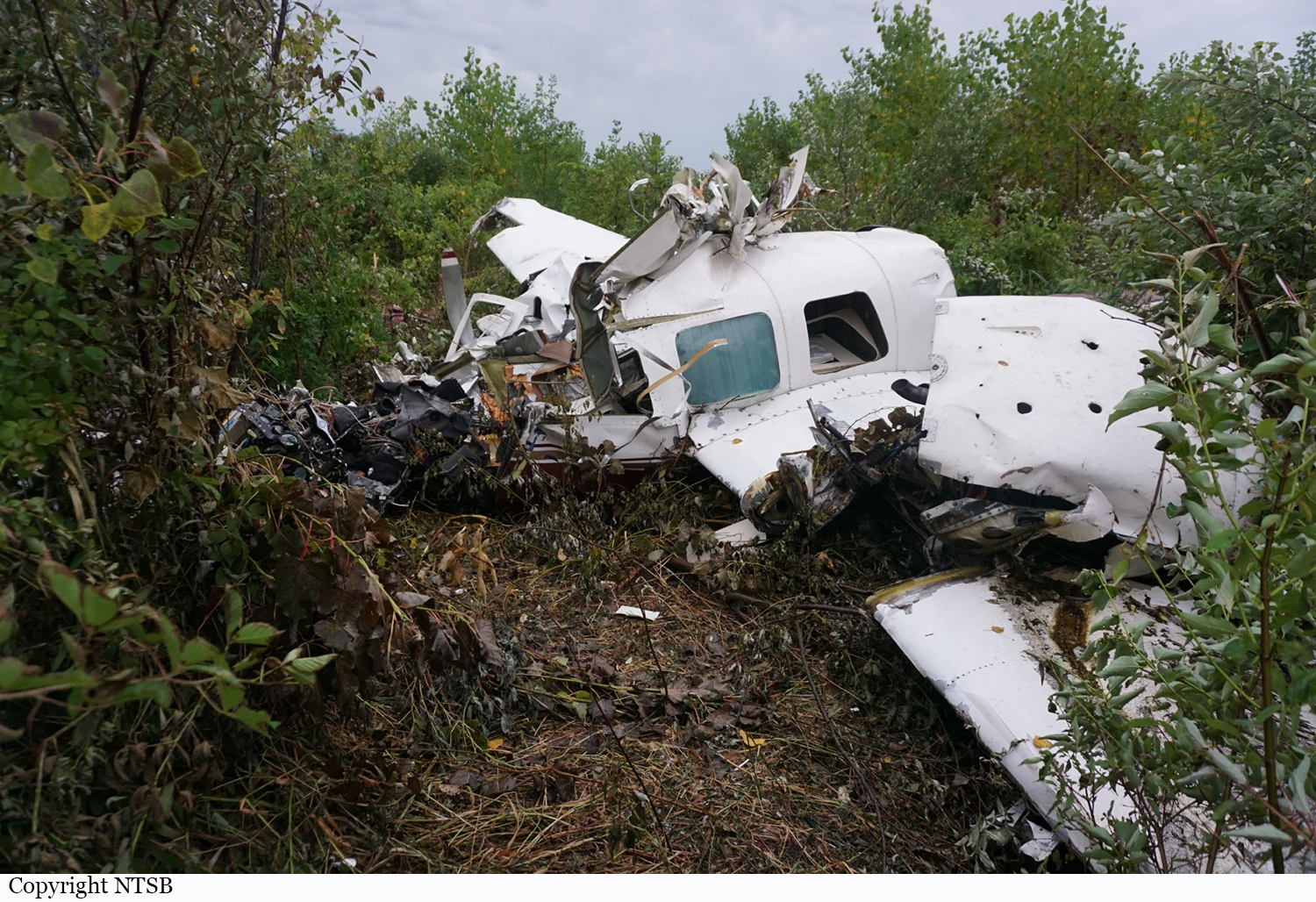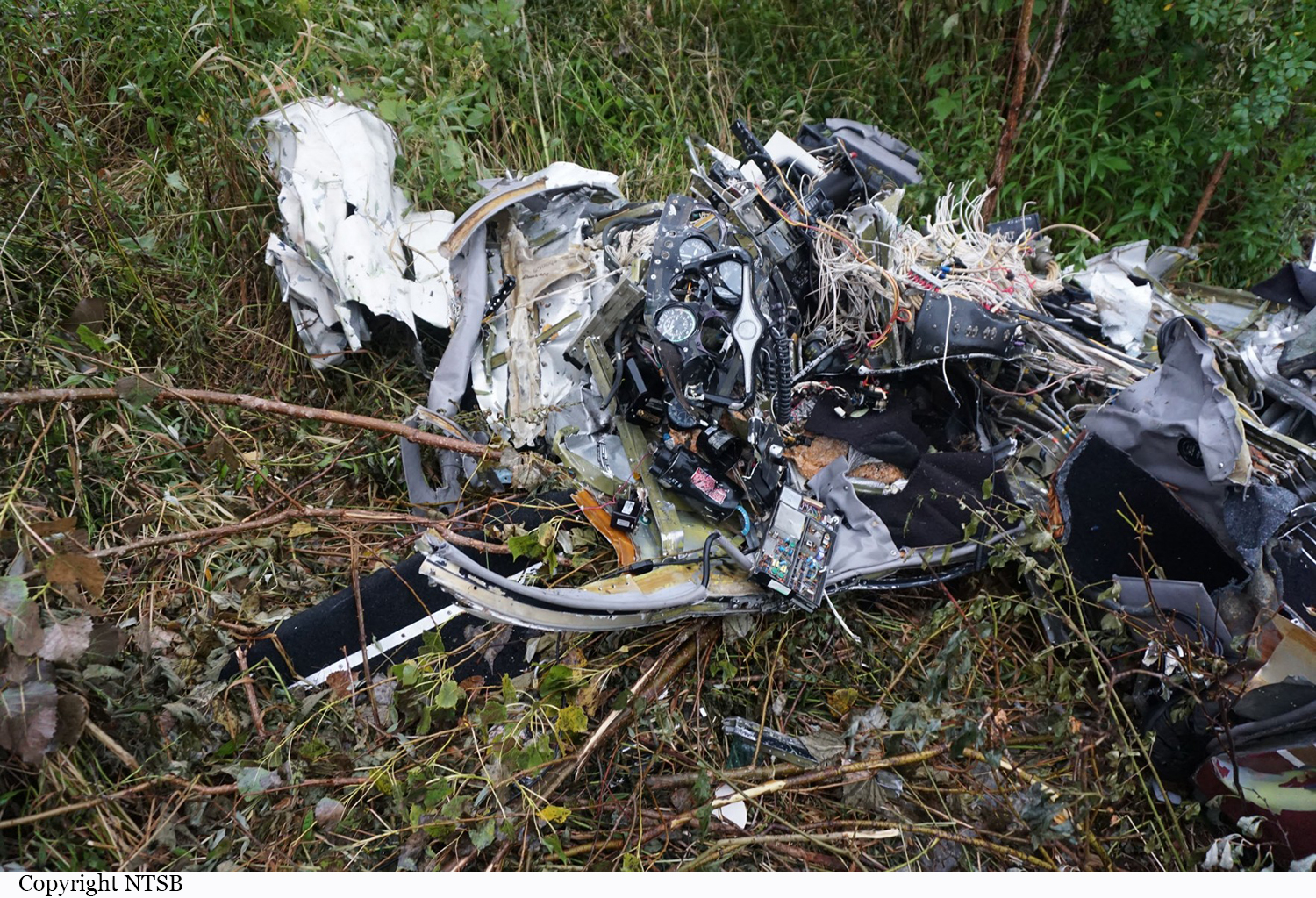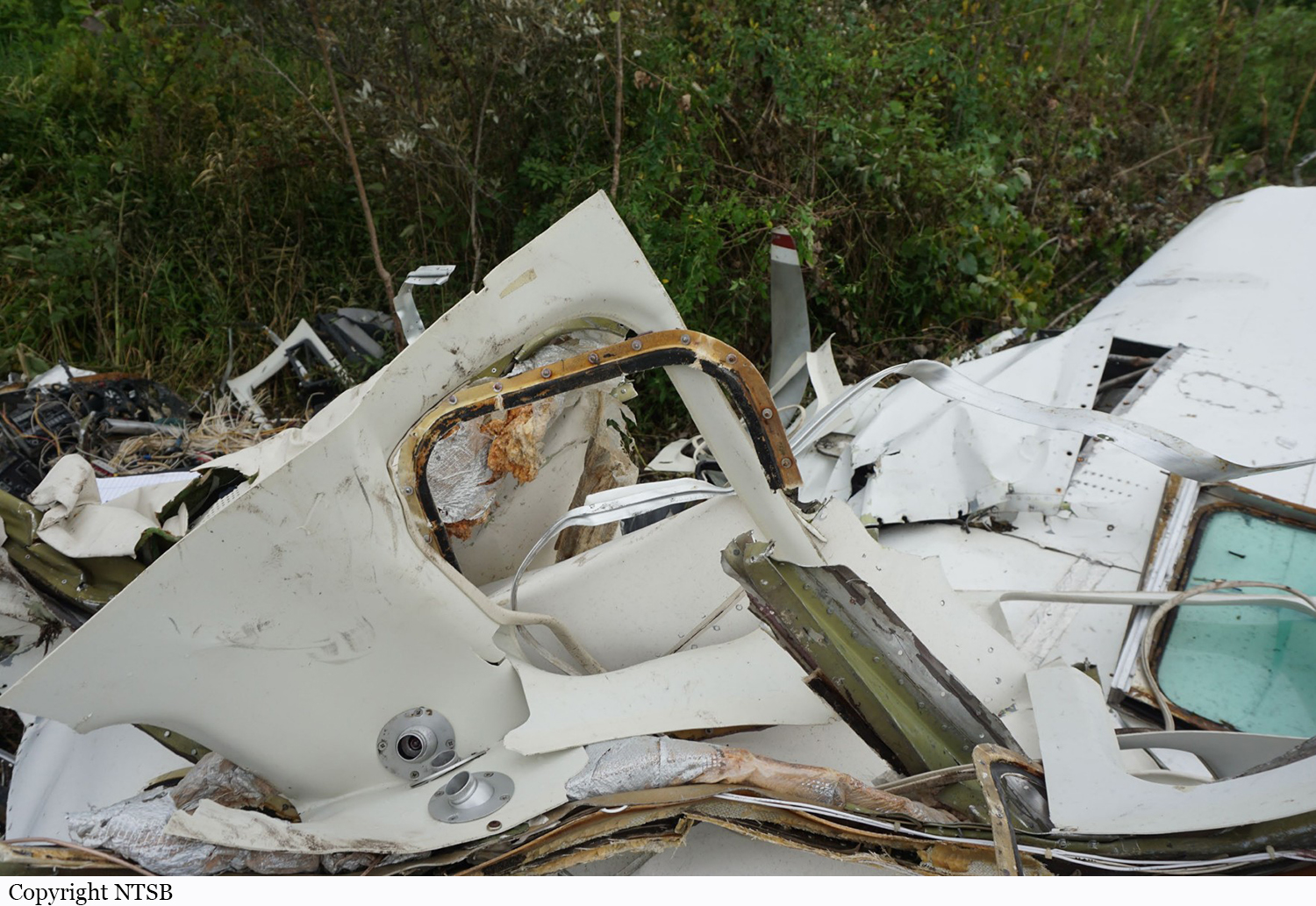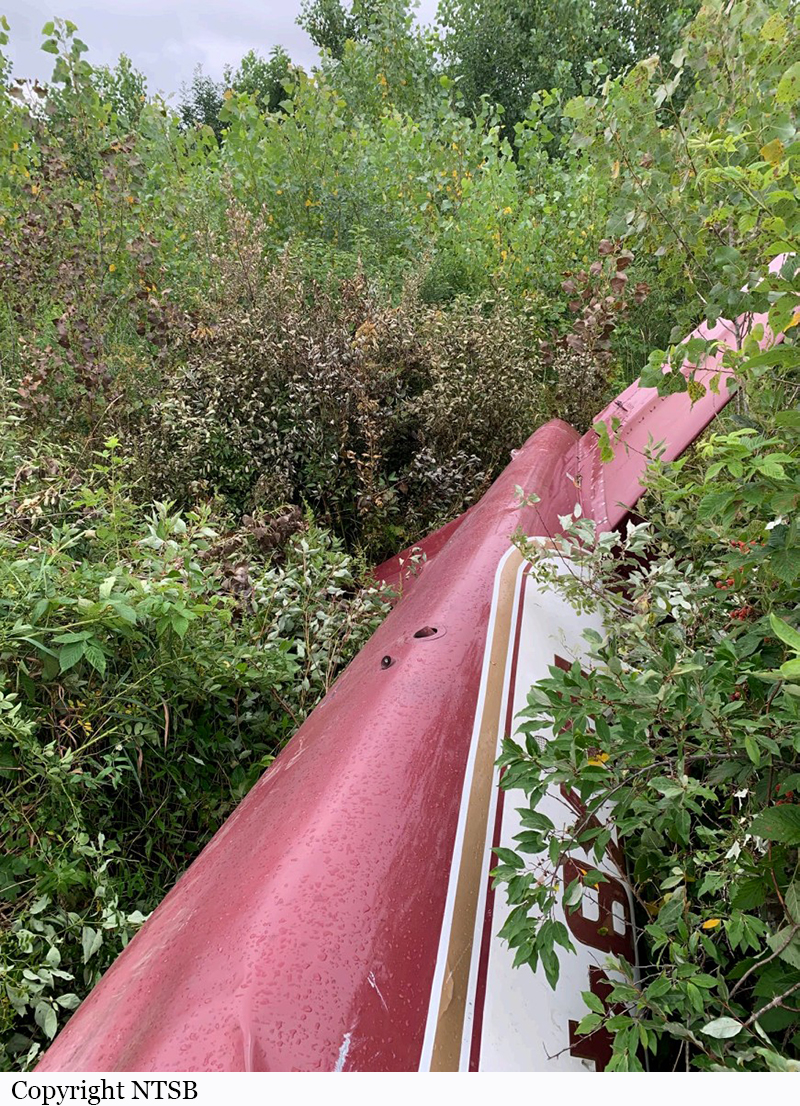Crash of a Piper PA-60 Aerostar (Ted Smith 600) in South Haven: 2 killed
Date & Time:
Aug 2, 2022 at 1030 LT
Registration:
N9784Q
Survivors:
No
Schedule:
South Haven - South Haven
MSN:
60-0416-143
YOM:
1977
Crew on board:
2
Crew fatalities:
Pax on board:
0
Pax fatalities:
Other fatalities:
Total fatalities:
2
Copilot / Total hours on type:
0
Aircraft flight hours:
11197
Circumstances:
A friend of the copilot reported this was the multiengine airplane’s first flight since the (single engine-rated) copilot purchased it five years before the accident. He stated that the purpose of the flight was to conduct touch-and-go landings. Another (multiengine-rated) pilot was flying in the left seat, with the copilot flying in the right seat. On the day of the accident, when the friend arrived at the airport, he noticed that the airplane was not in the traffic pattern. After a few hours, he became concerned and reported the airplane missing to local authorities, and it was found the next morning in a heavily wooded area about one mile away from the airport. There were no witnesses to the accident. Post accident examination of the wreckage revealed that the airplane’s left propeller displayed signatures indicative of low rotational speed at impact, suggesting that the airplane’s left engine may have lost at least partial power. The right propeller showed signatures consistent with high rotational speed/power settings at the time of impact. Examination of the left engine’s fuel servo revealed that it was heavily contaminated with sediment and that the fuel pump had weak suction and compression. Either or both of these conditions could have reduced the left engine’s performance during the flight. Additionally, the airplane was found with its wing flaps extended, the landing gear not retracted, and the left engine’s propeller was not feathered. A representative from the airplane’s type certificate holder stated that, depending on the airplane’s takeoff weight, it generally could not maintain level flight during an engine-out condition unless the flaps and landing gear were up and the failed engine’s propeller was feathered. While there were no witnesses to the accident or other recorded data to suggest what flight regime the airplane was in when the loss of engine power occurred, given the stated purpose of the flight and the findings of the post accident examination of the wreckage, it is likely that, while maneuvering the airplane in the airport traffic pattern, the airplane’s left engine lost power and the airplane subsequently impacted trees and terrain. Given the configuration of the wing flaps and landing gear and the unfeathered position of the left propeller, it is likely that the airplane’s single-engine performance was degraded.
Probable cause:
A loss of power to the left engine due to contamination of the fuel system. Contributing to the accident was the pilots’ failure to properly configure the airplane for flight with one engine inoperative.
Final Report:




